We all are aware in any Hindu ceremony the thread has unparalleled significance. According to Vedic rituals, threads being tied to different parts of the body have different purposes associated with them. The most commonly known holy thread is the red thread or Mauli which the priest ties around the wrist of the worshipper, to seek blessings of the Lord during the Puja ceremony. In fact, there are many sacred places, where if we tie a thread around trees with one intense wish, it is believed it will get fulfilled. There are many ancient stories attached to the thread.
One of the ancient stories tells that during Lord Vishnu's incarnation as Vamana, he had tied a thread on the wrist of King Bali as a Raksha Dhaga or protection thread, in order to give immortality boon. Since then it is believed that the thread tied around the wrist by elders or priests or supreme souls provides incomparable protection. For such a protection shield, the thread is tied 7 times chanting the following Mantra:
“Om yena baddho balee raajaa daana
vendro mahaa balah tenatvaa mabhibadhnaami,
rakshe maachala maachala”.
“I am tying this thread on your hand as a symbol of Raksha (protection), with which the most powerful and generous King Bali himself was bound; O Raksha, don’t go away; don’t go away.” It is believed that the holy thread works as a shield from negative energies around. The Mantra’s Positive energy is directed towards threads to ward off any kind of dangers, diseases and enemies.
There is another Legend story of the Mahabharata wartime, that Kunti had tied a Red thread on the wrist of her grandson Abhimanyu with prayers as a protective shield. Till the time the thread was around his wrist, nobody could defeat him. The legends tell that Abhimanyu got killed only when Shree Krishna in the form of a mouse chewed off the thread.
Is Raksha Sutra Linked to Sankalp or Life Goals?
Have you heard of the term Sankalp or Resolution as per Vedic rituals?
It is yet again a kind of oath taken by the priest while tying a red thread or Mauli on the worshiper's wrist promising him that he will initiate the puja, with the objective to fulfil devotees' desires or wishes from the puja.
Similarly, the Janeu or Sacred thread ceremony is performed to reinforce the Sankalp or resolution of an Individual to commitment, courage, determination, faith, and patience in life. Janeu or three cotton threads is considered to be a symbol of Tridev- Brahma, Vishnu and Mahesh and Tridevi- Lakshmi, Saraswati and Durga. I had read somewhere a beautiful interpretation of Janeu, “It is worn on the left shoulder to undertake the responsibilities of life with patience and courage. And as it runs over the heart it touches our inner faith and determination. While it touches upon our back it upholds our commitments in life”.
As per Hindu text, the Janeu ceremony used to be carried out before the beginning of Shashtra, Vedas and spiritual knowledge journey. To reinforce the commitment and dedication towards procuring knowledge in life. You will be surprised to know that when Janeu is held on the right ear it activates the Suryanadi in an individual. And that time Suryanadi creates a protective layer of radiant waves around someone.
In fact scientifically also it's proven that when a lightweight is tied around the wrist it activates all the crucial veins in the wrist. Thus any thread or Mauli tied around the wrist aids in improving blood circulation and balancing Tridoshas namely Vata (Wind), Pitt (Bile) and Kapha (Phlegm) of the body. There is another powerful ritual associated with the thread, in this, a black colour thread is tied to any part of the body. It is a kind of Amulet usually invoked with Durga Saptashloka or mantras from Devi Mahatmaya to protect you. The intention is to send the energies of these Mantras into the thread and build a shield around you. In the black thread, a knot is tied with every Mantra recitation.
Why Raksha Bandhan is celebrated on Shravan Purnima?
The importance of thread has also been cited in the Uttara Parva of the Bhavishya Purana in which Shree Krishna has described to Yudhishthira the ritual of a Raksha sutra or protection thread. It reveals that to create any kind of protection mantle around the person, a learned priest should tie a thread on the right wrist of the individual. And as per the Hindu lunar calendar in the month of Shravana on the Purnima day (full moon day).
Does this imply that the Raksha Bandhan festival is a commercial exaggeration? Can anyone tie Rakhi to anybody? If we look for shreds of evidence of Rakhi in our Hindu tradition we may find few Raksha Bandhan instances, though the customs of celebrating Rakhi may vary from region to region.
Shree Krishna and Draupadi
Once Lord Krishna's finger had started bleeding seeing which, Draupadi immediately ripped a strip of her saree and tied it around his injured finger. Lord Krishna was amazed to see her concern and affection for him. And spellbound by her love & compassion, in gratitude he made a promise to Draupadi that whenever she will call him for help he will always come to her rescue. Then later after many years, when Pandavas lost Draupadi to Kauravas in the dice game. Kauravas, intending to insult Draupadi in front of everyone, attempted to remove her saree in the royal assembly or Raj Sabha. However, as soon as
Draupadi recited Lord Krishna's name all attempts of Kauravas to disrobe her failed. That day Shree Krishna protected the dignity of Draupadi through his divine powers. This incident became synonymous with the sister tying a thread of love and care to brothers and in return, the brother pledges to take care of her.
This is how it must have started originally in Vedic India. Especially for married women as girls were married off at a very young age in olden times. They had to leave their parent's homes at a tender age to stay with their husband's families. There was a tradition in many regions in India for married women to visit their parent's homes during Shravana month and stay till Shravana Purnima the last day of Shravana month. On the last day after tying a bond of love or Raksha Sutra or Raksha Bandhan to their brothers, they would return to their husband’s home, escorted by their brother.
Sometimes brothers would travel to their Sister's married home for the Rakhi celebration. Basically traditionally in India, brothers used to function or serve as a lifelong connection between their married sisters and parental homes. The girls who were dependent on their husbands looked up to their brother as the potential caretaker of their sense of security. Recently on social media, I have been reading that Raksha Bandhan was tied by Indra’s wife on Indra's wrist to safeguard him at the behest of guru Brihaspati on the Shravana Purnima day.
It is being interpreted that Raksha Bandhan can be tied by anyone. First, understand ‘Shravana Purnima’ which falls on the last day of the Shravana month. It is the most auspicious day of the Shravana month and of all the Purnima.
- On this day holy dip is taken in the Ganges to seek the blessings of deceased ancestors.
- This day is also known as Rig-Yaju Shravani when brahmins renew their Yagnopavit or Janeu or sacred thread.
- And if Moon is worshipped on this day it removes Chandra Dosha from the Kundli. Know more details about Chandra Puja
- It is also considered an ideal time of the year to do charitable activities.
- Lord Vishnu and Goddess Laxmi are worshipped on this day to bring good fortune and good luck.
- On this day Narali Poornima, the fishing community festival is also celebrated in which devotees worship Lord Varuna and pray to calm any calamities in the sea.
- On Shravana Purnima, the most awaited Raksha Bandhan festival of brother and sister is observed. As we all know that sister tie thread or Bandhan on the brother's wrist and he promises to be by her side through thick and thin.
Therefore on this auspicious day, any ceremony or ritual carried out with mantra chanting gets energised by the devotee's affirmations and positive resolution. Raksha sutra is merely a thread it gets power only with the emotions, and intent of the person who is tying it.
So when a sister ties for the longevity and affection of her brother she infuses it with her sibling's love and care, which no other relation can feel or impart. Hence it would be an inappropriate comparison to say any relation can tie Raksha Bandhan to each other.
Yes, a Raksha Sutra or Protection shield can be tied by a wife or mother or sister or brother or a priest but the sentiments and affection attached to it can not be the same as brother and Sister.
In fact, the world over India is the only place, where a brother and sister's Love and Compassion for each other are celebrated for a lifetime. We should not undermine Raksha Bandhan's celebration because of incorrect interpretation of our traditional texts.
The Bandhan or thread tied by sister to brother, emotions have mutual Adoration, Respect, Care, Concern, Compassion and a Sense of security. Which can never be compared to any other ritual, as the purpose of every ceremony or ritual varies from each other.

















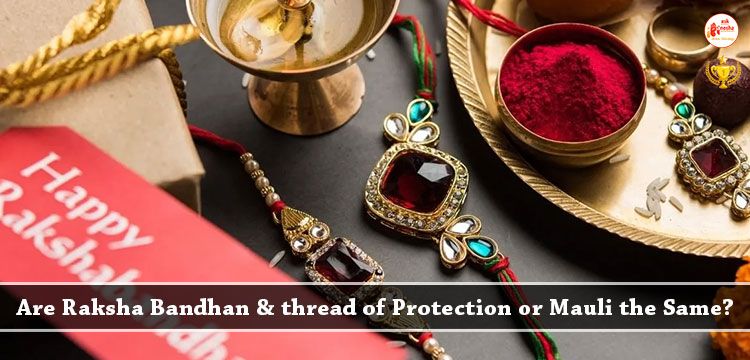
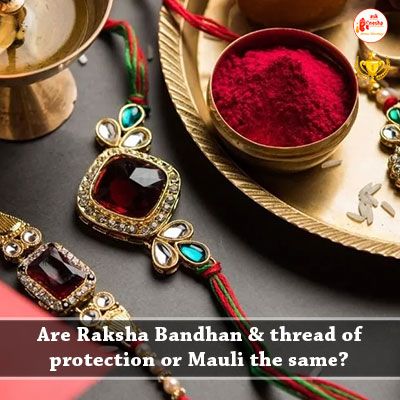
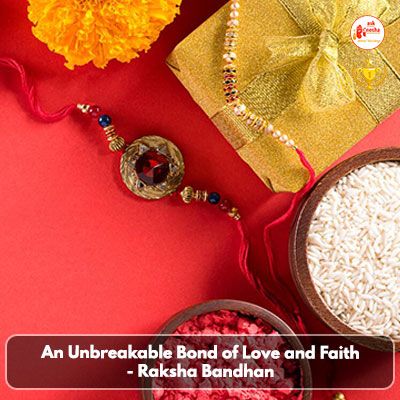
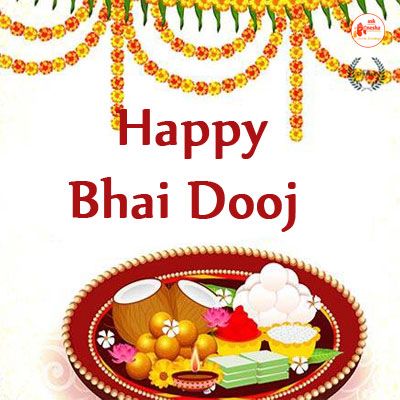
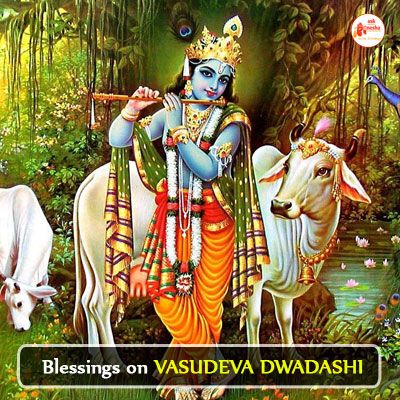
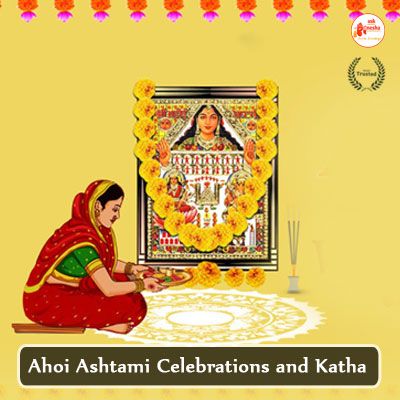

 Translate
Translate